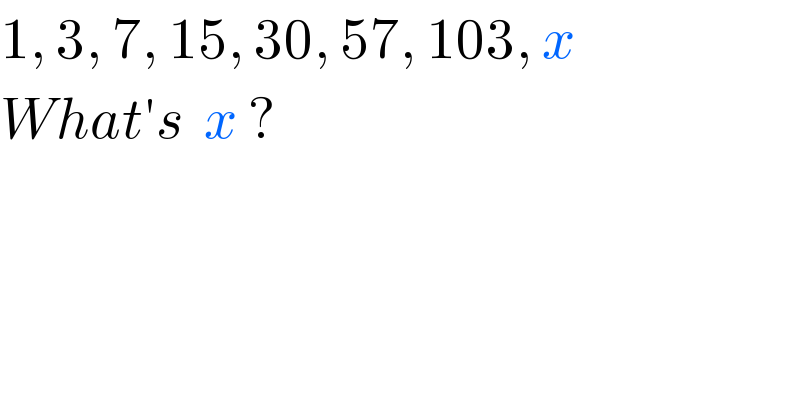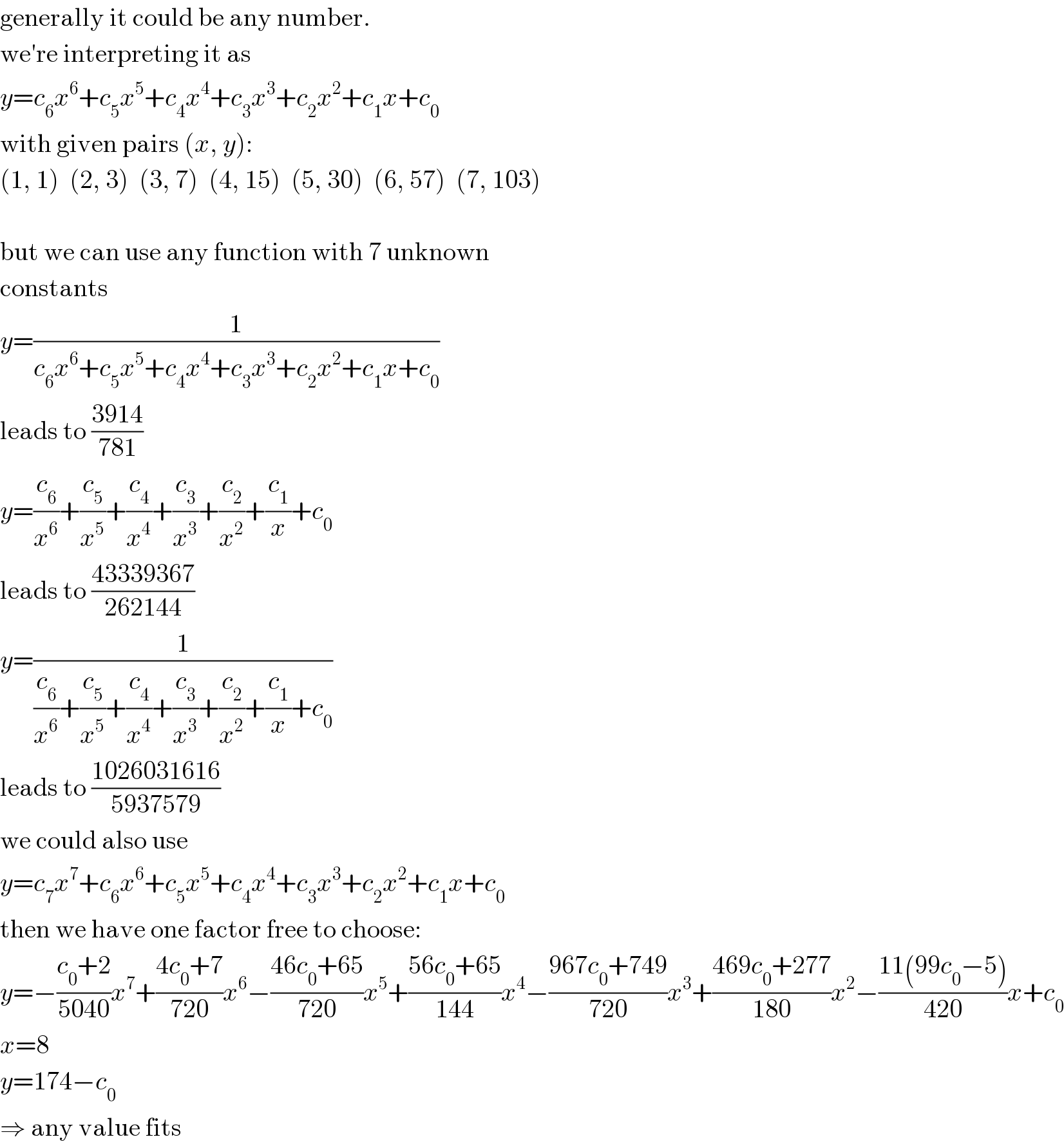
Question and Answers Forum
Question Number 64903 by naka3546 last updated on 23/Jul/19

Commented by Tony Lin last updated on 23/Jul/19

Commented by MJS last updated on 23/Jul/19

Answered by MJS last updated on 23/Jul/19

Commented by Tony Lin last updated on 23/Jul/19

Commented by MJS last updated on 23/Jul/19

Commented by Tony Lin last updated on 23/Jul/19

Commented by MJS last updated on 23/Jul/19

Commented by Tony Lin last updated on 23/Jul/19

Commented by MJS last updated on 23/Jul/19

